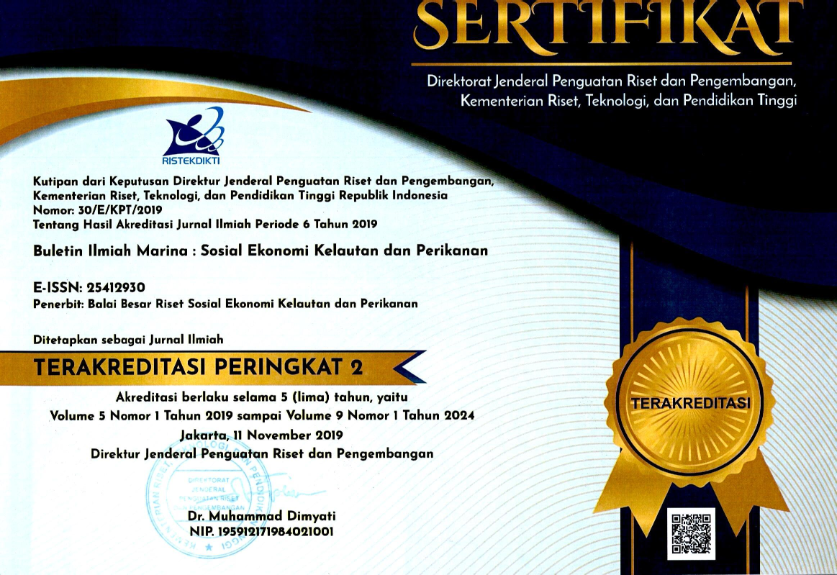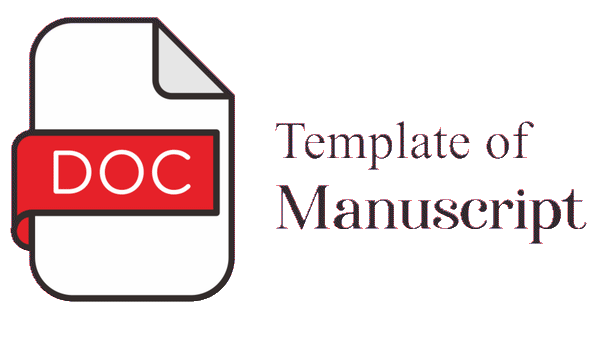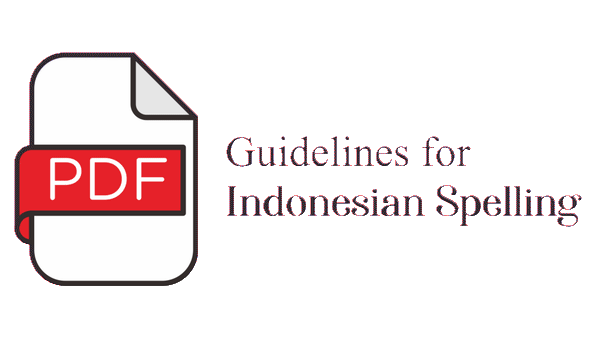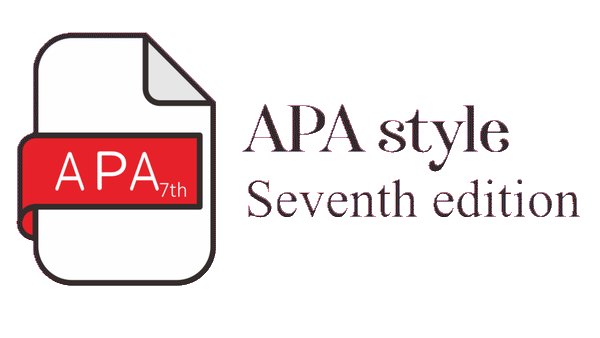Analisis Dampak Sampah Plastik di Laut terhadap Aktivitas Nelayan Skala Kecil di Jakarta
Abstract
Sampah plastik yang memenuhi pesisir dan laut telah menganggu aktivitas penangkapan ikan oleh nelayan skala kecil di Jakarta. Tujuan penelitian ini adalah menganalisis dampak kerugian ekonomi akibat sampah plastik di laut terhadap aktivitas nelayan skala kecil di Jakarta. Objek penelitian ini adalah nelayan kecil yang didefinisikan dalam UU Nomor 7 Tahun 2016 sebagai nelayan yang menggunakkan kapal penangkapan ikan berukuran paling besar 10 gros ton (GT). Untuk itu, narasumber dibagi menjadi nelayan 0 GT, 3 GT, 5 GT, 7 GT, dan 10 GT. Penelitian ini merupakan penelitian kualitatif yang bersifat studi kasus sehingga pengumpulan data dilakukan dengan observasi dan wawancara terstruktur menggunakan kuesioner, sedangkan analisis data dilakukan secara deskriptif kualitatif. Hasil penelitian menunjukkan bahwa semua kategori nelayan skala kecil di Jakarta mengalami perubahan upaya penangkapan ikan akibat sampah plastik di laut. Nelayan 0 GT merupakan nelayan yang paling besar mengalami peningkatkan biaya operasional, yaitu sebesar 69,5% dari Rp154.500,00 menjadi Rp259.500,00 per trip sehingga menurunkan pendapatan hingga 38% dari Rp2.001.500,00 menjadi Rp1.297.611,00 per trip. Sementara itu, nelayan 10 GT merupakan kategori nelayan yang paling kecil dampak ekonominya akibat sampah plastik di laut dibandingkan dengan kategori nelayan lainnya, yaitu mengalami peningkatkan biaya operasional hanya sebesar 9,4% dari Rp5.384.000,00 menjadi Rp5.884.500,00 per trip dan secara signifikan menurunkan pendapatan sebesar 9,4%, yaitu dari Rp138.115.500,00 menjadi Rp125.843.619,00 per trip. Peningkatan biaya operasional pada nelayan skala kecil disebabkan oleh perubahan jarak dan waktu tempuh ke daerah penangkapan ikan akibat sampah plastik.
Tittle: Analysis of the Impact of Plastic Waste in the Sea on Small-Scale Fishermen Activities in Jakarta
Plastic waste that fills up and covers coastal and marine waters has disrupted the fishing activities of small-scale fishermen in Jakarta. The purpose of this study was to analyze the impact of economic losses on plastic waste on the activities of small-scale fishermen in Jakarta. The object of this research were small fishermen as defined in Law Number 7 of 2016 as fishermen who catch fish to fulfill their daily needs using fishing vessels with a maximum size of 10 gross tons (GT). For those reason, the informants were divided into 0 GT, 3 GT, 5 GT, 7 GT and 10 GT. This research is a qualitative type of case study where data collection is done by observation and structured interviews using a quaestionnaires, while data analysis is carried out in a qualitative descriptive manner. The results showed that all categories of small-scale fishermen in Jakarta have undergone changes in fishing activities due to the marine plastic waste. The fishermen of 0 GT are the group who experienced the largest increase in operational costs, which was 69.5%, from Rp154,500.00 to Rp259,500.00, per trip thus reducing their income by 38%, from Rp2,001,500.00 to Rp1,297,611.00 per trip. On the other hand, the fishermen of 10 GT are the group who have the least economic impact due to plastic waste compared to other categories. These fishermen only suffer the operational costs by only 9.4%, from Rp5,384,000.00 to Rp5,884,500.00 per trip, significantly reducing their income by 9.4%, that is from Rp138,115,500.00 to Rp125,843,619.00 per trip. The increase in operational costs for small-scale fishermen is caused by changes in distance and travel time to fishing areas due to plastic waste.
Keywords
Full Text:
PDFReferences
Allsopp, M., Walters, A., Santillo, D. & Johnston, P. (2006). Plastic Debris in the World's Oceans. Amsterdam: Greenpeace International (http://www.greenpeace.to/greenpeace/wp-content/uploads/2011/05/plastic_ocean_report.pdf).
Arthur, C., Sutton-Grier, A.E., Murphy, P., & Bamford, H. (2014). Out of sight but not out of mind: harmful effects of derelict traps in selected U.S. coastal waters. Marine Pollution Bulletin, 86 (1 – 2), 19 – 28 (DOI: 10.1016/j.marpolbul.2014.06.050).
Andrady, A. L. (2011). Microplastics in the marine environment. Marine Pollution Bulletin, 62 (8), 1596 – 1605 (DOI: 10.1016/j.marpolbul.2011.05.030).
Barnes, D.K.A., Galgani, F., Thompson, R.C., & Barlaz, M. (2009). Accumulation and fragmentation of plastic debris in global environments. Philosophical Transactions of the Royal Society B, 364 (1526), 1985 – 1998 (DOI: 10.1098/rstb.2008.0205).
Baulch, S., & Perry, C. (2014). Evaluating the impacts of marine debris on cetaceans. Marine Pollution Bulletin, 80 (1 – 2), 210–221 (DOI: 10.1016/j.marpolbul.2013.12.050).
Bond, A.L., Provencher, J.F., Elliot, R.D., Ryan, P.C., Rowe, S., Jones, I.L., Robertson, G.J., & Wilhem, S.I. (2013). Ingestion of plastic marine debris by Common and Thick-billed Murres in the northwestern Atlantic from 1985 to 2012. Marine Pollution Bulletin, 77, 192–295 (DOI: 10.1016/j.marpolbul.2013.10.005).
Browne, M. A. (2015). Sources and pathways of microplastic to habitats. In M. Bergmann, L. Gutow & M. Klages (Eds.), Marine Anthropogenic Litter (pp. 229–244). Berlin: Springer.
Bugoni, L., Krause, L., & Petry, M.V. (2001). Marine debris and human impacts on sea turtles in Southern Brazil. Marine Pollution Bulletin, 42 (12), 1330–1334 (DOI: 10.1016/S0025-326X(01)00147-3).
Carrol, C., Sousa, J., & Thevenon, F. (2014). Plastic Debris in the Ocean: The Characterization of Marine plastics and Their Environmental Impacts, Situation Analysis Report. Gland, Switzerland: International Union for Conservation of Nature (IUCN) (DOI: 10.2305/IUCN.CH.2014.03.en).
Cho, D.O. (2005). Challenges to marine debris management in Korea. Coastal Management, 33 (4), 389 – 409 (DOI: 10.1080/08920750500217559).
Choy, A., & Drazen, J.C. (2013). Plastic for dinner? Observations of frequent debris ingestion by pelagic predatory fishes form the central North Pacific. Marine Ecology Progress Series, 485, 155 – 163 (DOI: 10.3354/meps10342).
Critchell, K., Grech, A., Schlaefer, J., Andutta, F.P., Lambrechts, J., Wolanski, E., & Hamann, M. (2015). Modelling the fate of marine debris along a complex shoreline : Lessons from the Great Barrier Reef. Estuarine, Coastal and Shelf Science, 167, 414 – 426 (DOI: 10.1016/j.ecss.2015.10.018).
Critchell, K., & Lambrechts, J. (2016). Modelling accumulation of marine plastics in the coastal zone; what are the dominant physical processes?. Estuarine, Coastal and Shelf Science, 171, 111–122 (DOI: 10.1016/j.ecss.2016.01.036).
Debros, A.O., Meesters, H.W., Bron, P.S., & de León, R. (2013). Marine debris in mangroves and on the seabed: largely-neglected litter problems. Marine Pollution Bulletin, 72 (1), 1 (DOI: 10.1016/j.marpolbul.2013.03.023).
Derraik, J.G. (2002). The pollution of the marine environment by plastic debris: a review. Marine Pollution Bulletin, 44 (9): 842 – 852 (DOI: 10.1016/s0025-326x(02)00220-5).
Donohue, M.J., & Foley, D.G. (2007). Remote sensing reveals links among the endangered Hawaiian monk seal, marine debris, and El Niño. Marine Mammal Science, 23 (2), 468–473 (DOI: 10.1111/j.1748-7692.2007.00114.x).
Galgani, F., Hanke, G., & Maes, T. (2015). Global distribution, composition and abundance of marine litter. In M. Bergmann, L. Gutow, & M. Klages (Eds.), Marine Anthropogenic Litter (pp. 29–56). Berlin: Springer.
Gregory, M.R. 2009. Environmental implications of plastic debris in marine settings – entanglement, ingestion, smothering, hangers-on, hitch-hiking, and alien invasions. Philosophical Transactions of the Royal Society B, 364 (1526): 2013-2025 (DOI: 10.1098/rstb.2008.0265).
Hall, K. (2000) Impacts of Marine Debris and Oil: Economic and Social Costs to Coastal Communities. Shetland: Kommunenes Internasjonale Miljoorganisasjon (KIMO) c/o Shetland Islands Council, Environment & Transportation Department, Grantfield, Lerwick, Shetland (http://www.kimointernational.org/wp/wp-content/uploads/2017/09/KIMO_Impacts-of-Marine-Debris-and-Oil_Karen_Hall_2000.pdf).
Jambeck, J.R., Geyer, R., Wilcox, C., Siegler, T.R., Perryman, M., Andrady, A., Narayan, R., & Law, K.L. (2015). Plastic waste inputs from land into the ocean. Science, 347 (6223), 768–771 (DOI: 10.1126/science.1260352).
Jang, Y.C., Hong, S., Lee, J., Lee, M.J., & Shim, W.J. (2014). Estimation of lost tourism revenue in Geoje Island from the 2011 marine debris pollution event in South Korea. Marine Pollution Bulletin, 81 (1), 49–54 (DOI: 10.1016/j.marpolbul.2014.02.021).
Kiessling, T., Gutow, L., & Thiel, M. (2015). Marine Litter as Habitat and Dispersal Vector. In M. Bergmann, L. Gutow, & M. Klages (Eds.), Marine Anthropogenic Litter (pp. 141–181). Berlin: Springer.
Kühn, S., Bravo Rebolledo, E.L., & van Franeker, J.A. (2015). Deleterious effects of litter on marine life. In M. Bergmann, L. Gutow, & M. Klages (Eds.), Marine Anthropogenic Litter (pp. 75–116). Berlin: Springer.
Laporan Sintesis Hotspot Sampah Laut Indonesia. (2018). Hotspot Sampah Laut Indonesia. Washington: World Bank Group (http://documents.worldbank.org/curated/en/642751527664372193/pdf/126686-INDONESIA-29-5-2018-14-34-5-SynthesisFullReportAPRILIND.pdf).
Lee, J. (2014). Economic Valuation of Marine Litter and Microplastic Pollution in the Marine Environment: An Initial Assessment of the Case of the United Kingdom. London: Centre for Financial and Management Studies University of London.
Maselko, J., Birshop, G., & Murphy, P. (2013). Ghost fishing in the southeast Alaska commercial Dungeness Crab Fishery. North American Journal of Fisheries Management. 33: 422 – 431 (DOI: 10.1080/02755947.2013.763875).
Mcllgorm, A., Campbell, H. F., & Rule, M. J. (2011). The economic cost and control of marine debris damage in the Asia-Pacific region. Ocean & Coastal Management, 54 (9), 643–651 (DOI: 10.1016/j.ocecoaman.2011.05.007).
Mengo, E. (2017). A Review of Marine Litter Management Practices for the Fishing Industry in the North-East Atlantic Area. Australia: CEFAS (Centre of Environment Fisheries & Aquaculture Science).
Moore, C.J. (2008) Synthetic polymers in the marine environment: a rapidly increasing, long-term threat. Environmental Research, 108 (2), 131 – 139 (DOI: 10.1016/j.envres.2008.07.025).
Morritt, D., Stefanoudis, P.V., Pearce, D., Crimmen, O.A., & Clark, P.F. (2013). Plastic in the Thames: A river runs through it. Marine Pollution Bulletin, 78 (1–2), 196–200 (DOI: 10.1016/j.marpolbul.2013.10.035).
Mouat, J., Lozano, R., & Bateson, H. (2010). Economic Impacts of Marine Litter. Shetland: KIMO (Kommunenes Internasjonale Miljoorganisasjon) (http://www.kimointernational.org/wp/wp-content/uploads/2017/09/KIMO_Economic-Impacts-of-Marine-Litter.pdf).
Newman, S., Watkins, E., Farmer, A., ten Brink, P., & Schweitzer, J.P. (2015). The economics of marine litter. In M. Bergmann, L. Gutow, & M. Klages (Eds.), Marine Anthropogenic Litter (pp. 371–398). Berlin: Springer.
Takehama, S. (1990). Estimation of damage to fishing vessels caused by marine debris, based on insurance statistics. In: Shomura, R.S., Godfrey, M.L. (Eds.), Proceedings of the Second International Conference on Marine Debris 2 – 7 April 1989, Honolulu, Hawaii, volume 1. U.S. Department of Commerce: National Marine Fisheries Service. Southeast Fisheries Center (NOAA).
Ten Brink, P., Lutchman, I., Bassi, S., Speck, S., Sheavly, S., Register, K., & Woolaway, C. (2009) Guidelines on the Use of Market-based Instruments to Address the Problem of Marine Litter. Brussels: United Nations Environment Programme (UNEP) (http://www.unep.org/regionalseas/marinelitter/publications/docs/Marine_Litter_Survey_and_Monitoring_Guidelines.pdf).
[UNEP] United Nations Environment Programme. (2009). Marine Litter: A Global Challenge. Nairobi: UNEP (http://wedocs.unep.org/handle/20.500.11822/7787).
Vikas, M., & Dwarakish, G.S. (2015). Coastal Pollution: A Review. Aquatic Procedia, 4, 381 – 388 (DOI: 10.1016/j.aqpro.2015.02.051).
Wright S. L., Richard C. T., & Tamara S. G. (2013). The physical impacts of microplastics on marine organisms: A review. Environmental Pollution, 178, 483–492 (DOI: 10.1016/j.envpol.2013.02.031).
Zetter, E.R., Mincer, T.J., & Amaral-Zettler, L. (2013). Life in the "plastisphere": microbial communities on plastic marine debris. Environmental Science & Technology, 47 (13), 7137 – 7146 (DOI: 10.1021/es401288x).
DOI: http://dx.doi.org/10.15578/marina.v8i1.10731
Refbacks
- There are currently no refbacks.
Indexed by:
---------------------------------------------------------------------------------------
Published by
Balai Besar Riset Sosial Ekonomi Kelautan dan Perikanan
in collaboration with
Indonesian Marine and Fisheries Socio-Economics Research Network

This work is licensed under a Creative Commons Attribution-NonCommercial-ShareAlike 4.0 International License.


























